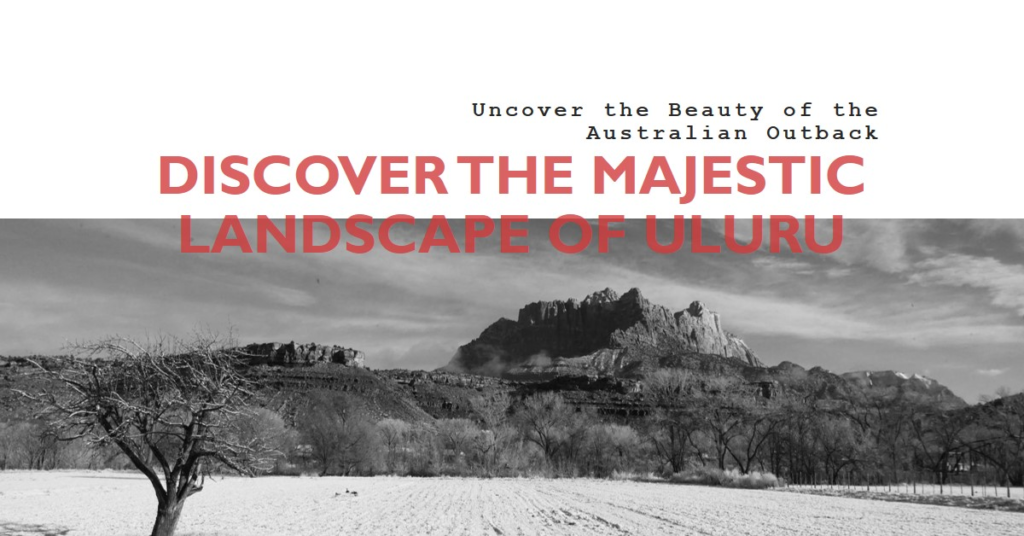
Table of Contents
- Introduction: The Marvel of the Great Barrier Reef
- The Coral Kingdom: Underwater Ecosystems
- The Aquatic Symphony: Marine Biodiversity
- The Coastal Connection: Mangroves and Seagrasses
- The Terrestrial Tapestry: Islands and Cays
- The Hidden Depths: Submarine Canyons and Channels
- The Dynamic Edge: Intertidal Zones
- Human Interaction: The Cultural and Economic Landscape
- Conservation Efforts: Preserving a Natural Wonder
- Conclusion: A Landscape of Unparalleled Beauty and Complexity
Introduction: The Marvel of the Great Barrier Reef
The Great Barrier Reef, an astonishing natural wonder, is renowned globally for its breathtaking beauty and ecological significance. Stretching over 2,300 kilometers along the northeastern coast of Australia, this colossal reef system is not merely an underwater spectacle but a complex landscape intertwined with diverse ecosystems. Understanding the landscape associated with the Great Barrier Reef requires delving into its intricate web of marine and terrestrial environments, each contributing to its magnificence.
The Coral Kingdom: Underwater Ecosystems
Beneath the azure waters lies the vibrant coral kingdom, a sprawling metropolis teeming with life. The Great Barrier Reef boasts an array of coral species, ranging from the delicate branching corals to the robust brain corals. These corals, composed of tiny polyps, form the backbone of the reef’s structure, creating a labyrinthine habitat for countless marine species.
Transitioning from the shallow coastal waters to the deeper outer reef zones, one witnesses a gradual change in coral composition and structure. The inner reefs, characterized by fringing and patch reefs, provide shelter to juvenile fish and invertebrates. As one ventures further, the barrier reefs and ribbon reefs emerge, showcasing a more diverse and complex coral architecture. This underwater ecosystem is a dynamic and ever-evolving landscape, constantly shaped by natural forces and human influences.
The Aquatic Symphony: Marine Biodiversity
The Great Barrier Reef is a symphony of marine biodiversity, hosting an incredible variety of species. Over 1,500 species of fish, 400 types of coral, and a multitude of mollusks, crustaceans, and other marine organisms coexist in this underwater paradise. This rich biodiversity is not just a testament to the reef’s ecological importance but also a vital component of its landscape.
Each species plays a crucial role in maintaining the delicate balance of this ecosystem. For instance, herbivorous fish like parrotfish help control algae growth, preventing it from smothering the corals. Predatory species such as reef sharks and barracudas maintain the population dynamics of smaller fish and invertebrates. This intricate web of interactions ensures the resilience and sustainability of the reef, making it a vibrant and dynamic landscape.
The Coastal Connection: Mangroves and Seagrasses
The landscape of the Great Barrier Reef extends beyond the coral structures to encompass coastal ecosystems like mangroves and seagrasses. Mangrove forests, found along the shoreline, act as vital buffers between the land and the sea. These salt-tolerant trees and shrubs provide essential nursery habitats for juvenile fish and crustaceans, contributing significantly to the reef’s biodiversity.
Adjacent to the mangroves, seagrass meadows flourish in the shallow, sandy bottoms. These underwater grasslands are crucial feeding grounds for dugongs and green sea turtles, iconic species of the Great Barrier Reef. Seagrasses also play a pivotal role in stabilizing the sediment and improving water quality by trapping nutrients and sediments, thereby enhancing the health of the adjacent coral reefs.
The Terrestrial Tapestry: Islands and Cays
Scattered like jewels across the azure expanse, the islands and cays of the Great Barrier Reef add another layer to its diverse landscape. These landforms range from sandy cays and coral atolls to larger continental islands, each with unique geological and ecological characteristics. They provide critical habitats for a variety of terrestrial and marine life, including seabirds, reptiles, and endemic plant species.
Many of these islands are also crucial nesting sites for seabirds and sea turtles. For instance, the Green and Loggerhead turtles return annually to the sandy beaches of the islands to lay their eggs. Similarly, seabird colonies rely on the islands for breeding and roosting. The interplay between these terrestrial habitats and the surrounding marine environment is a testament to the interconnectedness of the Great Barrier Reef’s landscape.


The Hidden Depths: Submarine Canyons and Channels
Beyond the visible reef structures, the Great Barrier Reef’s landscape plunges into the hidden depths of submarine canyons and channels. These underwater features, often overlooked, are crucial in shaping the reef’s topography and influencing oceanographic processes. Submarine canyons, carved by ancient rivers, create pathways for nutrient-rich waters to upwell, fueling the productivity of the reef.
Channels between the reefs act as conduits for tidal and oceanic currents, facilitating the exchange of water, nutrients, and larvae between different parts of the reef. These underwater highways are vital for the dispersal and recruitment of marine species, ensuring genetic connectivity and enhancing the resilience of the reef ecosystem. Exploring these hidden depths reveals a landscape as complex and dynamic as the visible reef structures.
The Dynamic Edge: Intertidal Zones
The intertidal zones, where the land meets the sea, are dynamic landscapes characterized by the ebb and flow of tides. These zones, including rocky shores, sandy beaches, and mudflats, are crucial transition areas that support a unique assemblage of species adapted to fluctuating conditions. The intertidal areas are particularly important for shorebirds, crabs, and mollusks that thrive in these challenging environments.
The tidal fluctuations also influence the distribution and behavior of marine organisms within the adjacent reef systems. For example, many fish species time their spawning events with tidal cycles to maximize the dispersal and survival of their offspring. Understanding the role of intertidal zones in the Great Barrier Reef’s landscape highlights the intricate connections between different habitats and their collective contribution to the reef’s health and diversity.
Human Interaction: The Cultural and Economic Landscape
The landscape of the Great Barrier Reef is not solely defined by its natural features but also by the profound interactions between humans and this remarkable ecosystem. Indigenous communities have long-standing cultural and spiritual connections to the reef, with traditional knowledge and practices playing a vital role in its stewardship. The reef is also a significant economic asset, attracting millions of tourists annually and supporting industries such as fishing and tourism.
However, human activities pose substantial threats to the reef’s health. Coastal development, pollution, and climate change-induced impacts like coral bleaching are major challenges that require urgent attention. Sustainable management practices and conservation efforts are crucial in preserving the reef’s landscape for future generations. Balancing human needs with ecological integrity is a complex but necessary endeavor to ensure the long-term survival of the Great Barrier Reef.
Conservation Efforts: Preserving a Natural Wonder
Conservation efforts are integral to maintaining the Great Barrier Reef’s landscape and ensuring its resilience in the face of mounting threats. Various initiatives, from local community projects to large-scale international collaborations, aim to protect and restore the reef’s ecosystems. Marine protected areas (MPAs) have been established to safeguard critical habitats and regulate human activities.
Research and monitoring programs play a crucial role in understanding the reef’s health and guiding conservation strategies. Innovative approaches such as coral restoration, assisted gene flow, and the development of heat-resistant coral strains are being explored to enhance the reef’s adaptive capacity to climate change. These efforts reflect a collective commitment to preserving the Great Barrier Reef’s landscape for future generations.
Conclusion: A Landscape of Unparalleled Beauty and Complexity
The Great Barrier Reef is more than just a coral reef; it is a multifaceted landscape encompassing a wide array of marine and terrestrial ecosystems. From the vibrant coral gardens and biodiverse marine life to the protective mangroves and serene seagrass meadows, every component contributes.


